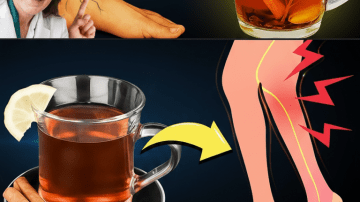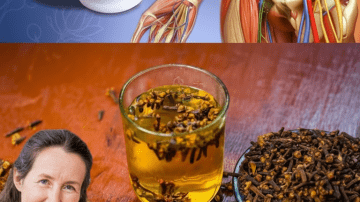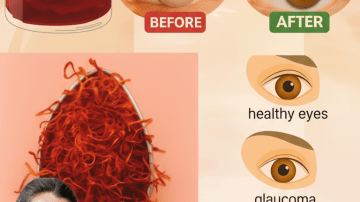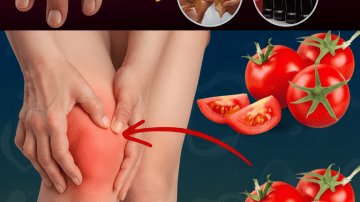A stroke is not always the sudden, dramatic event seen in movies. For millions of adults over 45, the warning signs are subtle, vague, and easily mistaken for common fatigue, stress, or a simple migraine. This insidious silence is why stroke is a leading cause of long-term disability: the delay in recognizing the symptoms costs crucial minutes of brain-saving treatment.
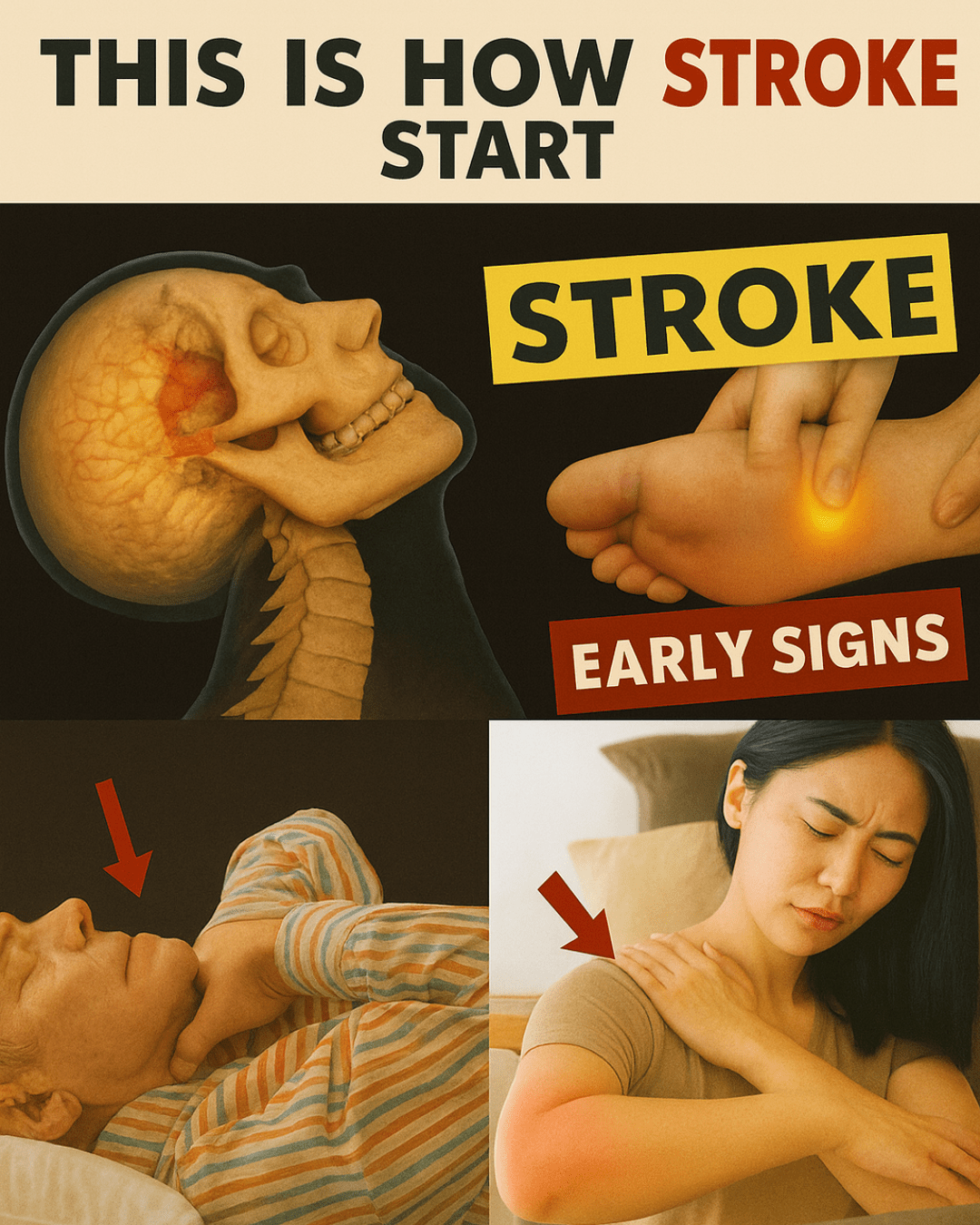
While the familiar F.A.S.T. acronym (Face drooping, Arm weakness, Speech difficulty, Time to call 911) is essential, it fails to capture the quiet, atypical signals that are more common in women and older adults, such as general confusion, sudden nausea, or persistent balance issues. Ignoring these quiet red flags is a critical mistake that can have devastating consequences.
Ready to arm yourself with knowledge that protects your future? Read on to uncover the 8 critical, hidden signs your body is warning you about a stroke—including symptoms often dismissed as minor—and master the 9 life-saving tips to act on immediately.
🧠 PART I: THE 8 CRITICAL, HIDDEN STROKE WARNING SIGNS
A stroke occurs when blood flow to the brain is blocked (ischemic) or when a blood vessel in the brain bursts (hemorrhagic). The symptoms reflect the brain area affected and often come on SUDDENLY.
1. 🤕 Sudden, Severe Headache with No Known Cause
- The Warning: A headache that strikes like a “thunderclap”—the most severe headache you have ever experienced in your life—often signals a hemorrhagic stroke (bleeding in the brain).
- The Risk: This is often dismissed as a migraine, but if it is the sudden onset that is unusual, call for help immediately.
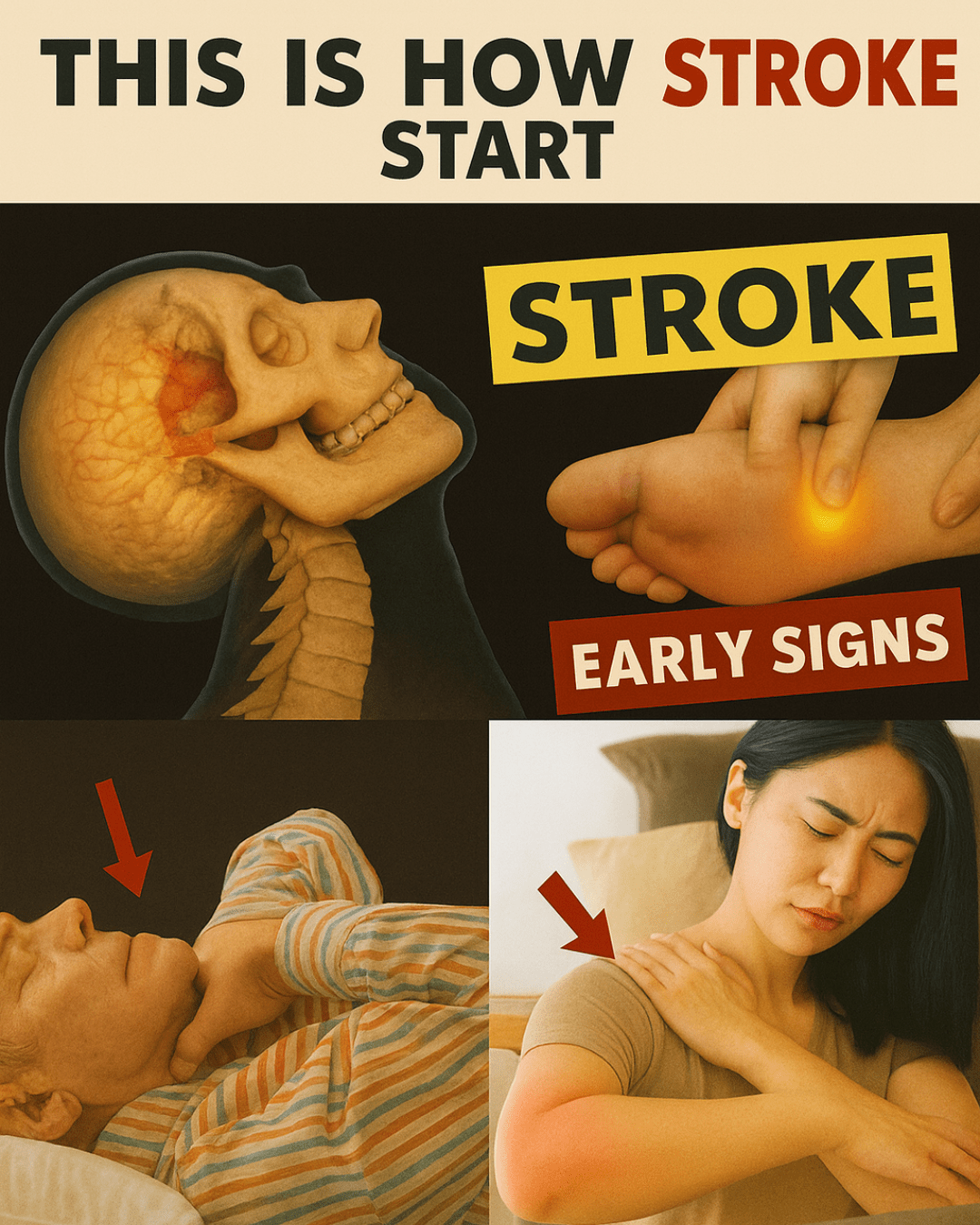
2. 😵 Sudden Loss of Balance or Coordination (BE FAST: B)
- The Warning: Feeling suddenly dizzy, experiencing vertigo (room spinning), or an abrupt loss of balance that causes trouble walking or unsteadiness. This can be accompanied by unexplained nausea or vomiting.
- The Risk: These signs are often linked to strokes in the cerebellum or posterior circulation (back of the brain), which controls balance. They are easily mistaken for inner ear issues or fatigue.
3. 👁️ Sudden Vision Problems (BE FAST: E)
- The Warning: Abrupt blurred vision, double vision (diplopia), or sudden loss of sight in one or both eyes (even if temporary).
- The Risk: Any sudden change in vision indicates the brain’s visual processing center is not receiving enough oxygen. Do not assume it’s an eye issue; assume it’s a brain issue.
4. 🤯 Sudden Confusion or Memory Problems
- The Warning: A sudden onset of confusion, disorientation, or an inability to think clearly or follow simple instructions.
- The Risk: Often mistaken for general aging, exhaustion, or being “groggy.” This is a severe symptom, signaling that the areas of the brain responsible for cognitive processing are compromised.
5. 🌡️ General Weakness or Overwhelming Fatigue (Atypical Symptom)
- The Warning: This symptom is more frequently reported by women and is often brushed off as stress or being overworked. It is a sudden, extreme exhaustion or overall malaise that is not explainable.
- The Risk: Women may present with more vague, atypical stroke symptoms that include general weakness, confusion, or sudden behavioral changes, leading to dangerous delays in diagnosis.
6. 🤢 Sudden Nausea, Vomiting, or Hiccups
- The Warning: Nausea or vomiting that appears suddenly and without any clear cause (no food poisoning or stomach flu).
- The Risk: This atypical cluster of symptoms can be associated with strokes that affect the brain’s vomiting center.
7. ⚡ Sudden Numbness or Tingling in Unusual Places
- The Warning: Abrupt numbness or a pins-and-needles sensation, especially if it affects one side of the body, the face, or the extremities.
- The Risk: This indicates damage to the somatosensory cortex, which processes sensory input. Even if the numbness goes away quickly (a TIA, or mini-stroke), the warning is paramount.
8. 👅 Sudden Difficulty Swallowing (Dysphagia)
- The Warning: An abrupt, unexplained difficulty swallowing food or drink.
- The Risk: A stroke can affect the nerves controlling the muscles involved in swallowing, leading to a direct threat of choking or aspiration.
🩸 PART II: THE 9 LIFE-SAVING TIPS TO ACT ON NOW
Stroke prevention is a lifestyle commitment. You can dramatically reduce your risk by addressing the most significant underlying health factors.
If You Spot Symptoms, Act F.A.S.T. (And B.E. F.A.S.T.)
- Call 911 IMMEDIATELY (Time is Brain): If you see any of the F.A.S.T. signs (Face drooping, Arm weakness, Speech difficulty, Time to call 911) or any of the 8 hidden signs listed above, do not wait. Note the time the symptoms began.
- Treat TIA as an Emergency: A Transient Ischemic Attack (TIA)—where symptoms disappear quickly—is a massive warning sign. Seek emergency care immediately, as it predicts a full stroke is likely to follow soon.
Lifestyle Changes for Prevention
- Control Blood Pressure (The #1 Risk Factor): Work with your doctor to keep your blood pressure below 120/80 mmHg. Reduce sodium intake, increase potassium-rich foods (leafy greens, bananas), and exercise regularly.
- Manage Diabetes: Aggressively control blood sugar levels, as high glucose accelerates the fatty buildup (atherosclerosis) that clogs arteries.
- Stop Tobacco Use: Quitting smoking is the single most powerful step you can take. Smoking doubles stroke risk by raising blood pressure, thickening blood, and damaging vessel walls.
- Get Active: Aim for at least 150 minutes of moderate aerobic activity (brisk walking) per week, plus muscle-strengthening activity twice a week. Physical activity lowers blood pressure and cholesterol.
- Eat Healthy: Adopt a diet rich in fruits, vegetables, and whole grains. Limit saturated fats, trans fats, and sodium.
- Know Your Heart Rhythm: Get checked for Atrial Fibrillation (Afib), an irregular heart rhythm that can cause blood clots to form in the heart, which can then travel to the brain.
- Get Adequate Sleep: Get 7–9 hours of sleep per night, and treat sleep disorders like Obstructive Sleep Apnea (OSA), which significantly increase stroke risk.
👑 FINAL THOUGHTS: Your Vigilance Saves Lives
Stroke is preventable, but it demands vigilance. Arm yourself with the knowledge of both the obvious F.A.S.T. symptoms and the subtle, hidden signs that often affect women and seniors.
Listen to the whispers your body sends. Act quickly on any sudden, unexplained change. Your speed and preparation are the best defense against stroke.

